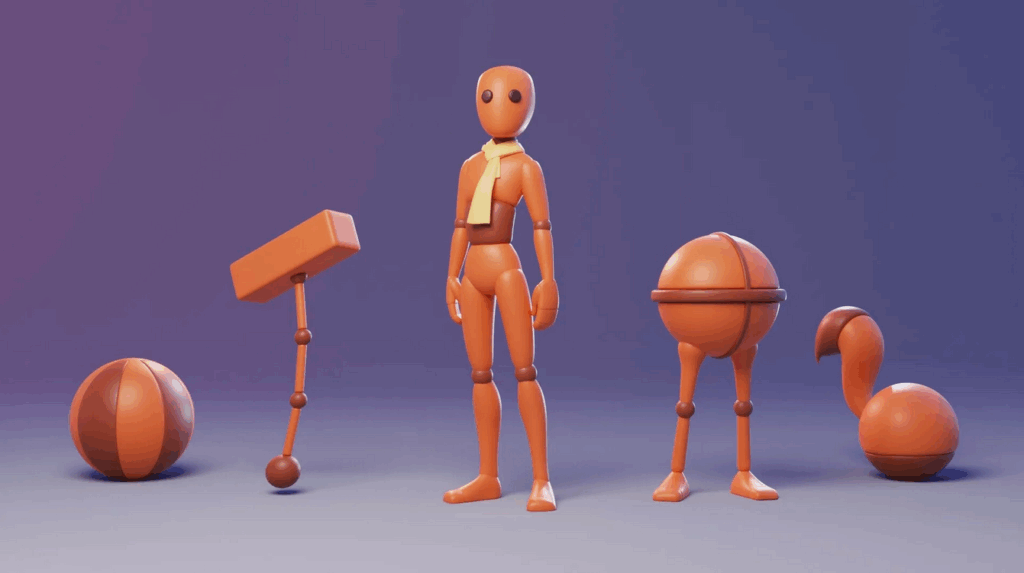How to animate realistic 3D characters for film involves understanding both technology and performance. The process begins with studying real-life movement and acting. Reference videos provide invaluable insight into natural motion. Animation is essentially digital puppeteering with its own language. This craft blends art and technology seamlessly.
The foundation lies in mastering the twelve principles of animation. Squash and stretch give weight and flexibility to movements. Anticipation prepares viewers for upcoming actions. These fundamentals apply whether using Blender for animation studios or other software. They’re universal to all quality character animation.
When approaching 3D character design for animation studios, rigging becomes equally important as modeling. A good rig allows for expressive, nuanced performances. Facial rigs require particular attention to capture subtle emotions. Custom controls should be intuitive for animators to use. The technical setup directly impacts creative possibilities.
For 3D animation for cinematic movies, blocking establishes the key poses and timing. This stage resembles traditional 2D animation’s keyframing process. Clear silhouettes and strong poses read better on screen. The computer handles inbetweens, but the artist directs the performance. This phase determines the animation’s overall quality.
Polishing transforms blocked animation into fluid movement. Graph editing refines the motion curves for natural acceleration. Adding secondary motion brings scenes to life. Eye darts and breathing create believable characters. These details elevate work to cinematic quality 3D rendering standards.
Facial animation requires special attention to subtlety. Micro-expressions convey complex emotions effectively. Syncing lip movements to dialogue needs precise timing. The eyes truly are windows to the character’s soul. These elements make or break how to animate realistic 3D characters for film.
Final rendering in Blender 3D animation for cinematic effects completes the process. Proper lighting enhances the emotional tone. Render passes allow for fine-tuning in compositing. The animation must hold up under various camera angles. This comprehensive approach creates compelling animated performances.

